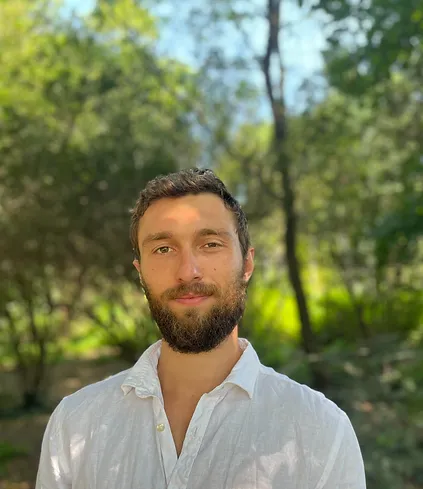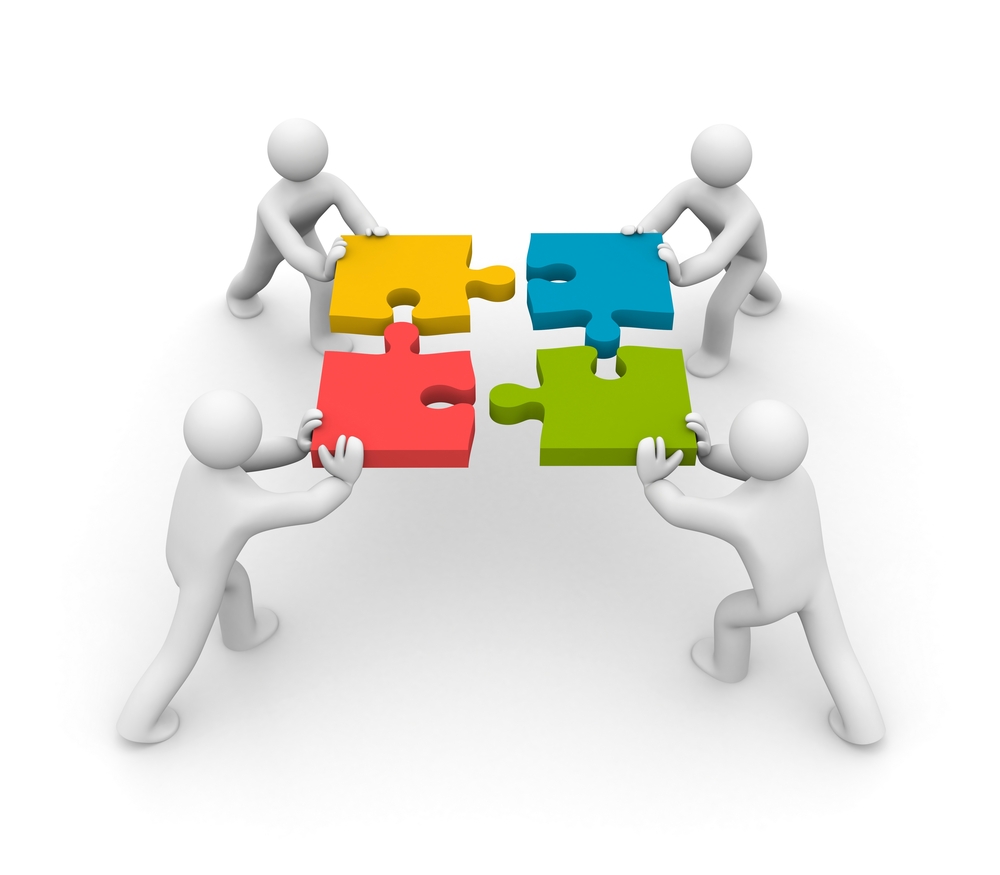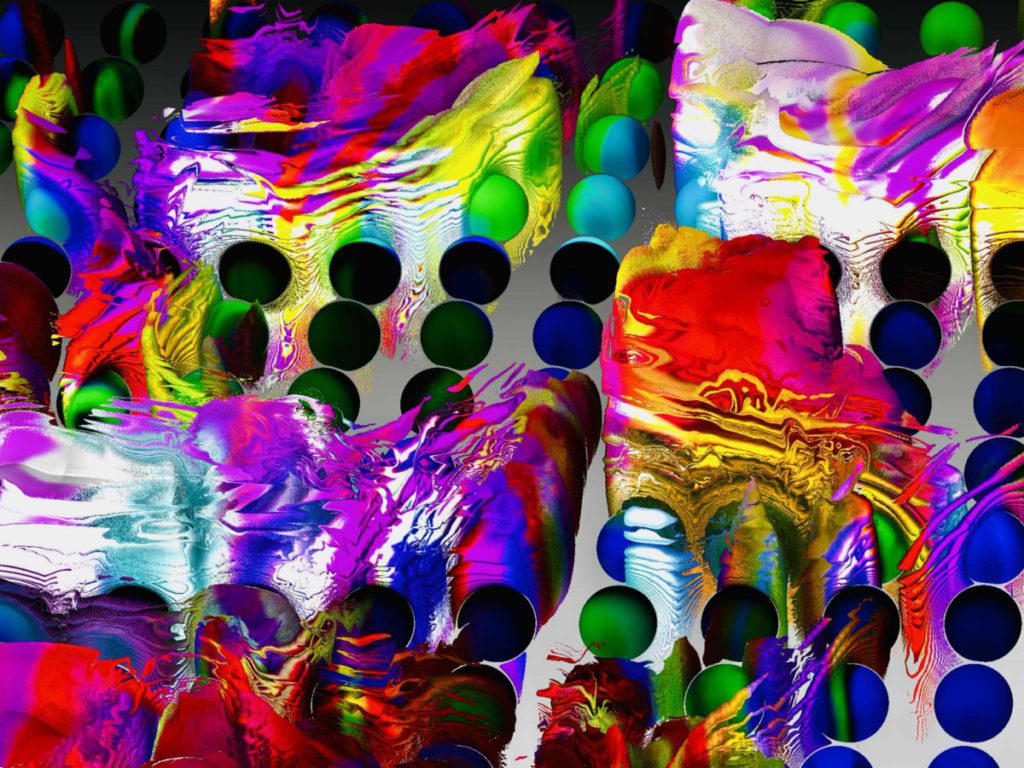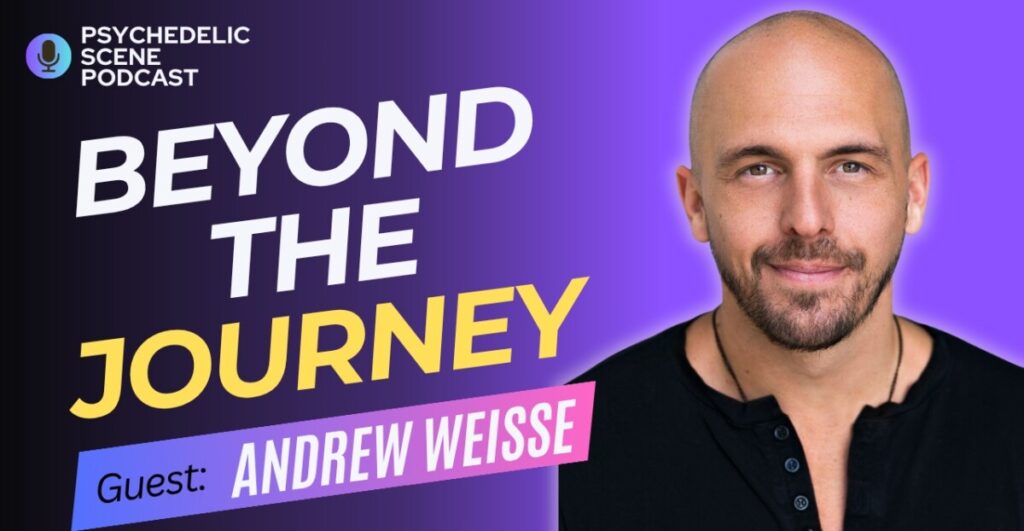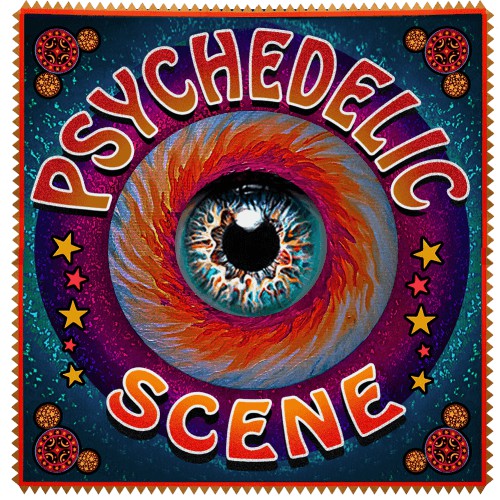Integration: A Key Word In Healing
Integration: A Key Word In Healing
A major turning point in my own healing and personal growth came when I began to use the word ‘integrate.’
Whenever I used to feel a ‘negative’ emotion – anxiety, fear, self-doubt – I’d try to push it away. On the flip side of the same coin, whenever I’d feel a ‘positive’ emotion – excitement, happiness, calm – I’d be scared to do anything, afraid that I would pop the bubble of my momentary reprieve. So I was trying not to feel when the feelings were ‘negative’, and when they were ‘positive’ I was so aware of their fleeting nature that I could hardly enjoy them. So, obviously, the emotions weren’t the issue.
In my attempt to push away my anger, I was training myself to push away my happiness as well.
As Dr. Brene Brown points out in her now-famous TED Talk, you cannot numb yourself from your negative emotions without numbing yourself entirely. Extrapolated, the way you interact with your emotions in one scenario is how you always interact with them. So in my attempt to push away my anger, I was training myself to push away my happiness as well. In my trepidation at bursting my happy bubble, I learned to be always afraid of interacting with my emotions.
What was I to do? What is anyone to do? It seems there’s an inherent conundrum in our emotional life. We have negative emotions which are, well, negative, which we’d prefer not to experience. And we have positive emotions which we’d like to keep around all the time. But if the maxim “How you do one thing is how you do everything” holds true – and I believe it does – then how are we supposed to interact with our emotional selves?
Courtesy of Brian Lissak
In order to integrate – a term that demands a concept of wholeness – you need to practice the subtle art of observing your emotional self without becoming those emotions (cliche, I know, but it’s true). So what does this look like?
I was so afraid of my happy bubble bursting because I was terrified of my anger/anxiety/depression coming back and taking full control over me. I’d run away from them, shout at them, hide from them, push them away. But all that would do is make them even more present in my life. Our emotions behave very much like children. They come because they have something to tell us or something they need from us. The more we ignore them, the louder they’re going to cry until it crescendos into a full-blown tantrum.
Emotions are our friends. They carry vitally important messages. The dichotomous positive/negative is simply a false setup. Philosophically
Emotions are our GPS, helping us navigate the unchartered waters that are life.
it’s false and pragmatically it’s false because it implies that you must interact with negative emotions differently than positive ones. Emotions are our GPS, helping us navigate the unchartered waters that are life.
I realized that I was waking up with a veil of sadness hanging around me like a gauzy headwrap. Of course, this had been the case for a long time, but I wasn’t listening to my emotions, actively asking them what they came to tell me. Instead, I’d wake up with an “oh shit, it’s the morning and I feel bad.” It was literally that general because I was afraid of interacting too much with my emotions. Only since I’ve learned to observe myself and begin to interact with my emotions did I realize that it was sadness I was waking up with.
Shutterstock
Okay, so I realized it’s sadness. Then I sat with it, literally. In my morning meditation, I asked “What have you come to tell me?” It immediately took me to a memory of ten years ago that I hadn’t consciously thought of probably since it occurred. In the memory, which was just one in a series of similar events, I felt distinctly unsafe, uncared for, and in (emotional) danger if I was to be (emotionally) vulnerable. (As far as our nervous system is concerned, there is no difference between emotional danger and physical danger).
To say the least, it wasn’t a pleasant feeling. I ran from it ten years ago, and haven’t stopped running since. But here’s the thing with experiences and emotions: until we acknowledge them, listen to them, learn from them, and ultimately integrate them, they will be forever coloring our lives outside of our awareness and control.
That feeling of sadness became stuck. When sadness becomes stuck it’s called depression. Our emotions are like waves, meant to be constantly flowing. By acknowledging this sadness, the associated memory experience attached to it came to the surface (kind of like magic). I was then
When sadness becomes stuck, it’s called depression.
able to process it, understand why it was coming, and accept it. I accepted that in certain areas of my past, I wasn’t given the emotional framework and support that I needed. Once I accepted it, the sadness didn’t disappear, but it dissolved, and things started flowing again.
The sadness is still there, but now I recognize it as a friend. It comes when I’m not providing myself with the emotional environment that I need. I’m not afraid of it, so it doesn’t need to shout anymore to get my attention. I’ve integrated it. I took a fractured piece of my past and fit it back into the puzzle which is me. Nature has an intuition and instinct towards wholeness, towards healing. To be whole, we must fit all of our fractured puzzle pieces back together.
Gallery
Recent Articles
Artist Spotlight: Doug Leed
•
December 9, 2025
Podcast with Andrew Weisse: Beyond The Journey
•
December 5, 2025
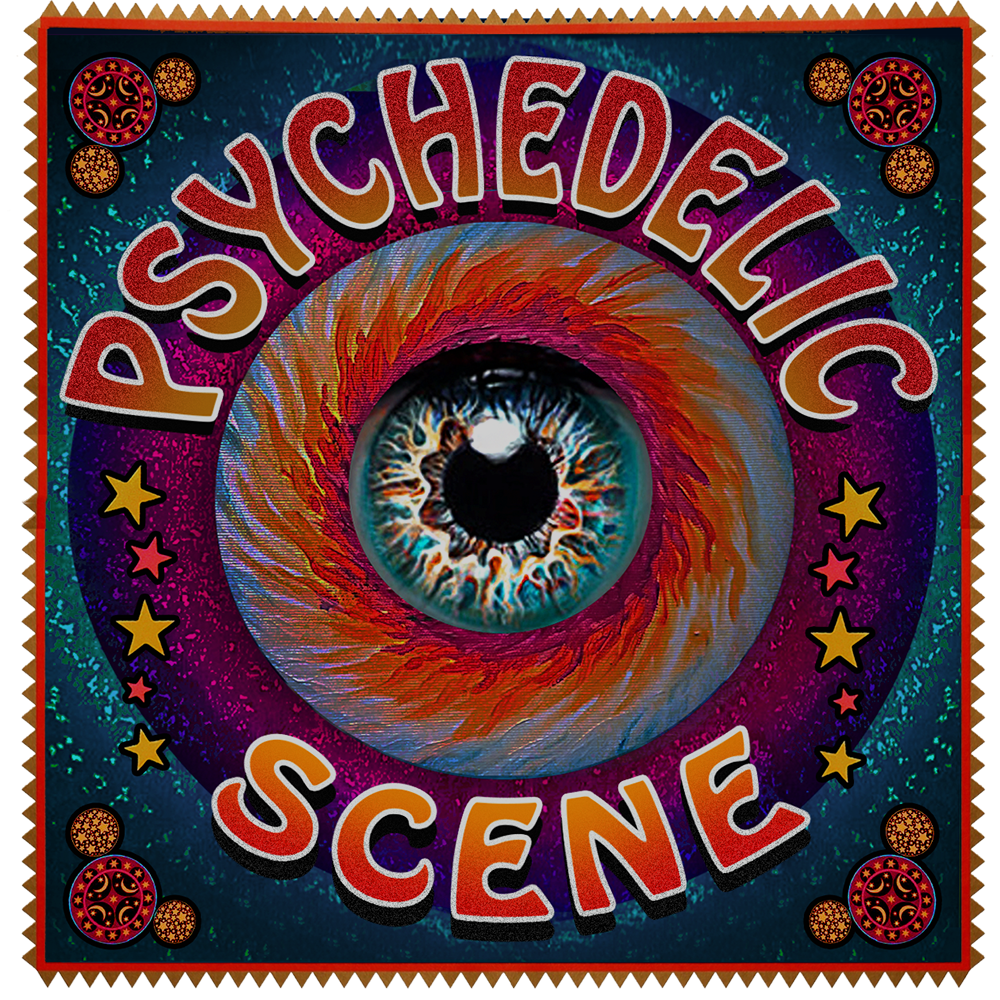
Loading...
The Club Is Open by Radderall & Muzzy Fossa–Album Review
- Bill Kurzenberger
